Pomegranate Tree Pollination: Are Pomegranate Trees Self Pollinating
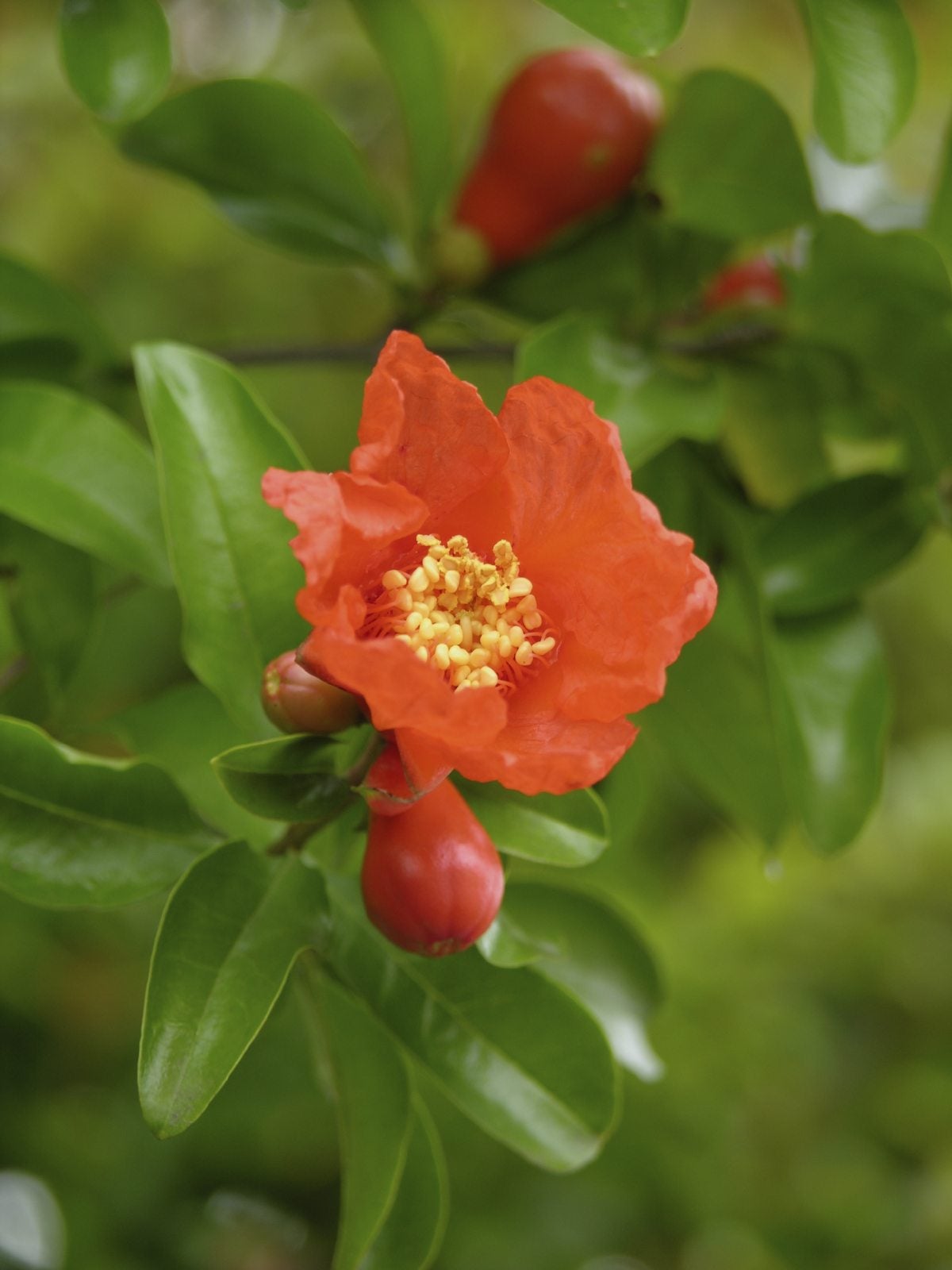
Pomegranate plants are simple to grow and require very little maintenance. The major issue is with pomegranate tree pollination. This leads us to the questions, “Do pomegranates need a pollinator?” or “Are pomegranate trees self-pollinating?”. Read on to learn more about pollinating pomegranates.
Do Pomegranate Trees Need a Pollinator?
Most pomegranates are self-fruitful, meaning they do not require another tree to cross-pollinate with, as the bees do all the work. That said, planting another pomegranate nearby can increase fruit production on both plants. A little cross-pollination doesn’t hurt, but it isn’t necessary. That answers the question, “Are pomegranate trees self-pollinating?”. What might be the issue if your pomegranate does not set fruit or fruit drops before it is mature?
Issues with Pomegranate Tree Pollination
As mentioned, the pollination of pomegranate trees is done by bees. If you have a tree that is not producing, the most likely explanation is a lack of pollinators. There are two solutions here. The first is to hand-pollinate-- a very simple process. Hand-pollinating pomegranates require a delicate, sable artist paintbrush (or even a cotton swab) and a light hand. Gently transfer the pollen from the male stamen to the female ovary. If you have multiple trees, go from tree to tree to cross-pollinate, which will increase the crop. Another option is to attempt to lure more bees to the tree. Install bee houses equipped with larvae. Never spray pesticides. Include a water feature, such as a birdbath or fountain, in the landscape. Lastly, incorporate pollen-laden wildflowers and other pollinator-attracting blooms into your garden to attract the bee who can then get busy pollinating the pomegranates.
Pollination of Pomegranate Trees
To ensure profuse blossoms and heavy fruit production, a little maintenance goes a long way. Another reason for a lack of fruit production is inadequate sunlight. If your plant is in a shaded area, you may want to move it. Pomegranates do best in a soil pH of 5.5 to 7.0 with excellent soil drainage. A good 2- to 3-inch (5-7.5 cm.) layer of organic mulch should be dug in around the shrub. Also, keep the plant well irrigated to thwart fruit drop and splitting. Fertilize in March and again in July with 1 pound (0.5 kg.) of 10-10-10 for every 3 feet (1 m.) of tree height. Lastly, pomegranates flower on new growth. Therefore, pruning needs to be done prior to the emergence of new sprigs in the spring. You only need to remove suckers and dead wood. The fruit is formed on short spurs on the two- to three year-old stems which a light annual pruning will encourage. Keep it light; heavy pruning reduces the fruit set.
Gardening tips, videos, info and more delivered right to your inbox!
Sign up for the Gardening Know How newsletter today and receive a free copy of our e-book "How to Grow Delicious Tomatoes".

Amy Grant has been gardening for 30 years and writing for 15. A professional chef and caterer, Amy's area of expertise is culinary gardening.
-
 Moody Blooms For Spring: 8 Types Of Black Flowers To Add Drama To Spring Displays
Moody Blooms For Spring: 8 Types Of Black Flowers To Add Drama To Spring DisplaysFrom midnight burgundies to inky violets, several types of black flowers can enrich and embolden a spring display. Try these brooding bloomers for a moody garden
By Tonya Barnett
-
 Can Snake Plants Live Outside? Everything You Need To Know For Snake Plants Al Fresco
Can Snake Plants Live Outside? Everything You Need To Know For Snake Plants Al FrescoSnake plants can live outside given the right conditions, but be careful that they don't take over! Learn the best way to use snake plants in your landscape.
By Mary Ellen Ellis
-
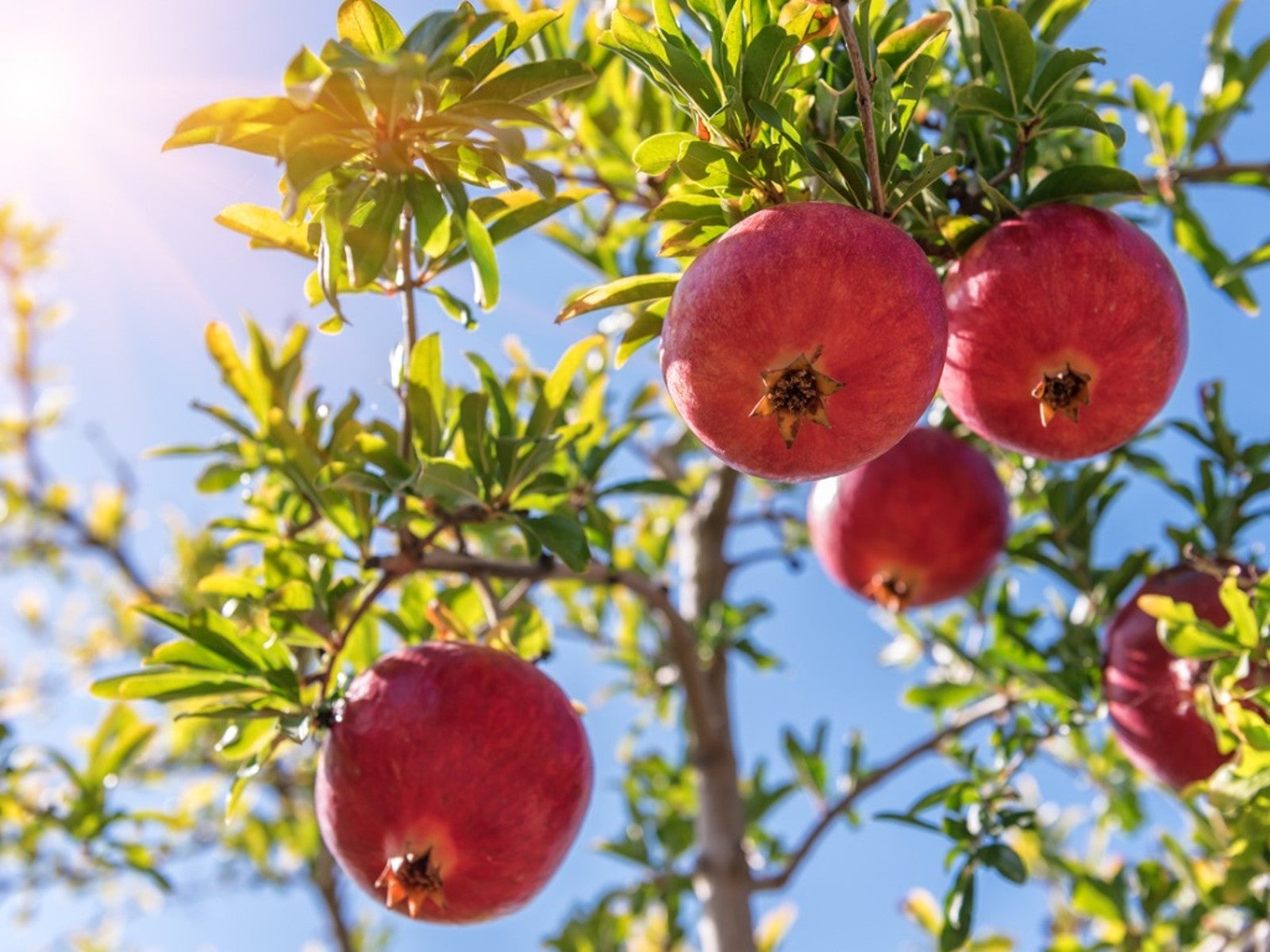 Replanting Container Grown Pomegranate – Tips On Transplanting Potted Pomegranates Outside
Replanting Container Grown Pomegranate – Tips On Transplanting Potted Pomegranates OutsideIt’s pretty easy to transplant a potted pomegranate outdoors. Click for more information on moving a potted pomegranate.
By Teo Spengler
-
 Picking Pomegranates – Learn About Harvesting Pomegranate Fruit
Picking Pomegranates – Learn About Harvesting Pomegranate FruitPomegranates have become so popular that many people in USDA zones 7-10 are trying their hand at growing and picking their own pomegranates. So how and when do you harvest pomegranates? Click this article to learn more.
By Amy Grant
-
 Yellowing Leaves On Pomegranate: Why Pomegranate Leaves Turn Yellow
Yellowing Leaves On Pomegranate: Why Pomegranate Leaves Turn YellowGrowing a pomegranate tree can be a rewarding experience filled with delicious fruits and beautiful juice, but growing these fruit trees isn't all paradise. If your plant is looking a little off, with yellowing leaves, click here to learn how to save it.
By Kristi Waterworth
-
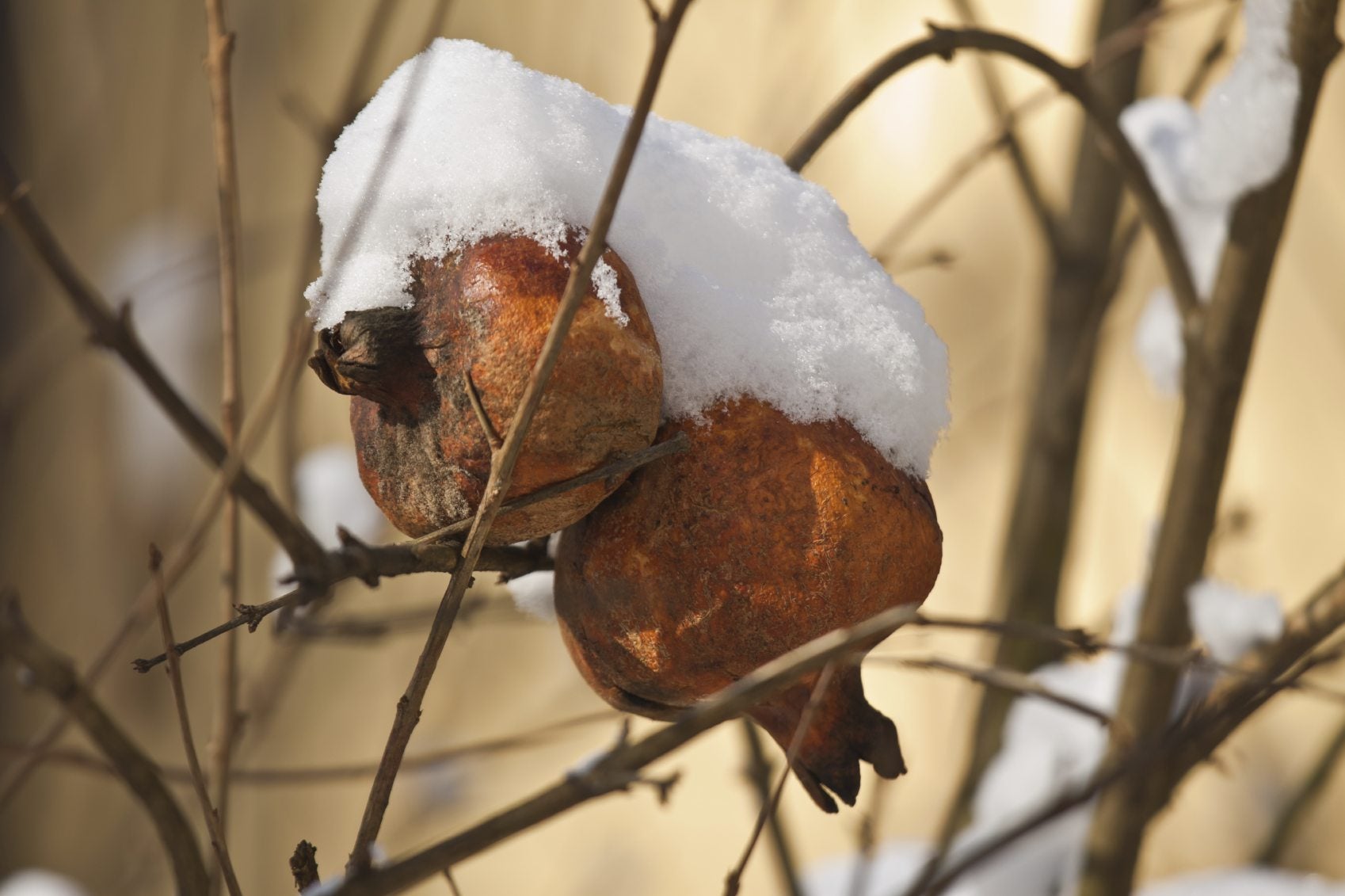 Pomegranate Winter Care: How To Care For Pomegranate Trees In Winter
Pomegranate Winter Care: How To Care For Pomegranate Trees In WinterPomegranates hail from the far eastern Mediterranean so as you may expect they appreciate plenty of sun and should be protected in the winter time. How do you go about overwintering pomegranate trees? Find out in this article.
By Amy Grant
-
 Pomegranate Tree Leaves Falling Off: Why Do Pomegranate Trees Lose Leaves
Pomegranate Tree Leaves Falling Off: Why Do Pomegranate Trees Lose LeavesPomegranates are typically grown for their fleshy, sweet-tart edible fruits. That being said, pomegranate leaf loss can be a frustrating problem for many gardeners. Click on the article that follows to learn why this happens.
By Karen Boness
-
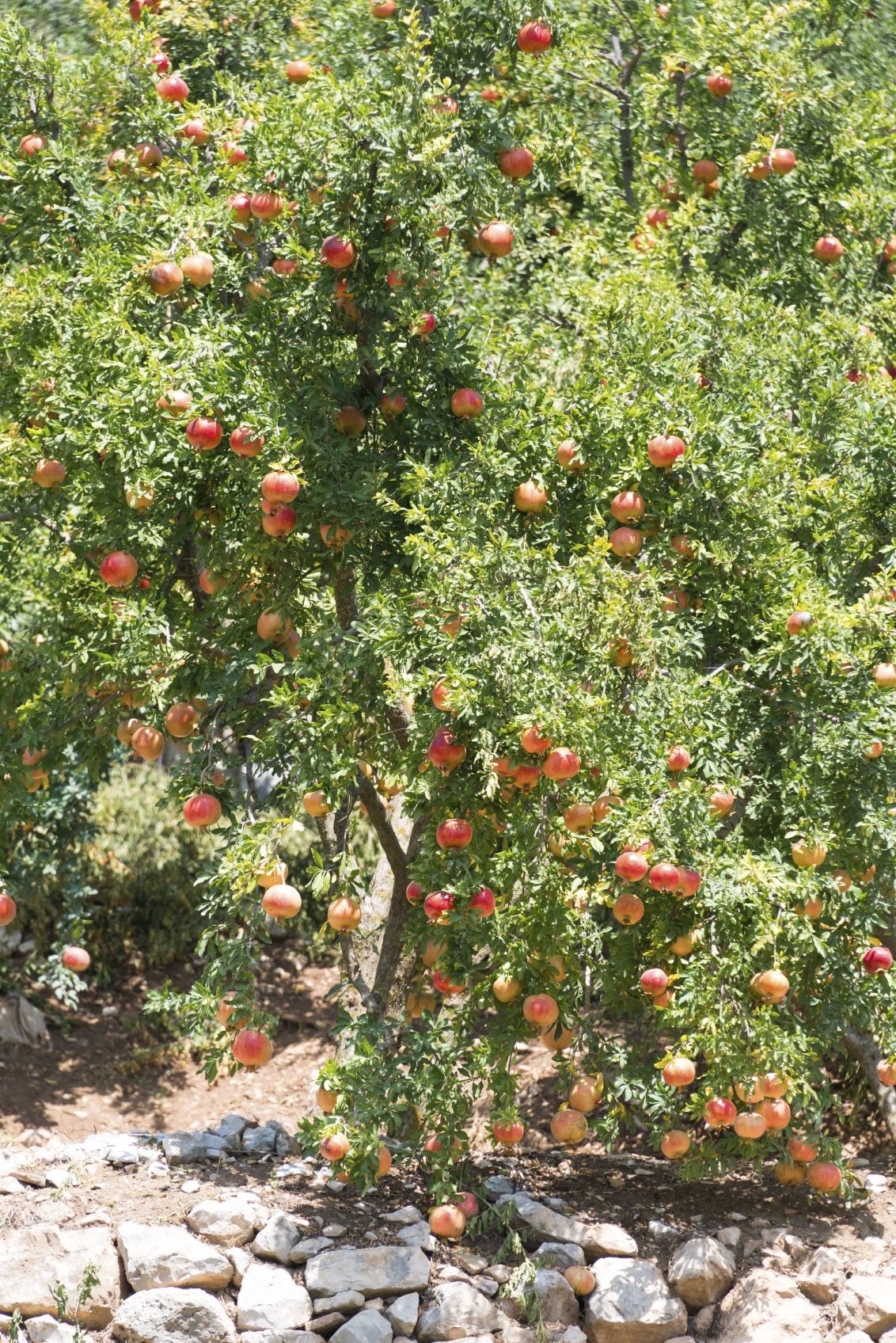 Pomegranate Tree Pruning – Learn About The Cutting Of Pomegranates
Pomegranate Tree Pruning – Learn About The Cutting Of PomegranatesIt is important to prune pomegranate trees properly if you want to increase fruit production and maintain an attractive form. Unfortunately, these two goals are in conflict. Learn more about pruning pomegranates in this article.
By Karen Boness
-
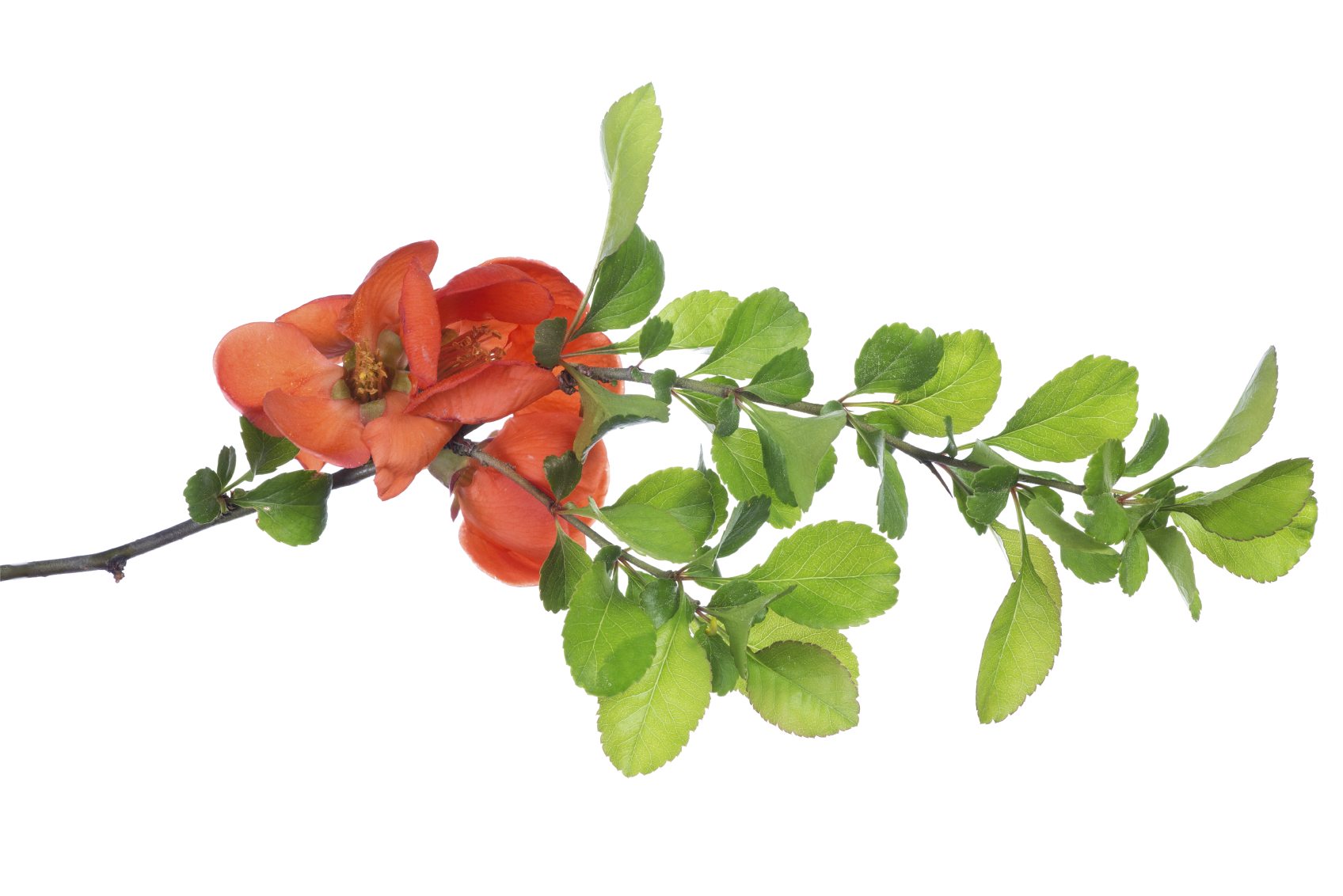 Propagating Pomegranate Trees: How To Root A Pomegranate Tree
Propagating Pomegranate Trees: How To Root A Pomegranate TreeGrowing a pomegranate tree from cuttings is cost-free and relatively easy. Find more information about how to root a pomegranate tree from pomegranate tree cuttings in the article that follows. Click here to learn about pomegranate propagation.
By Teo Spengler
-
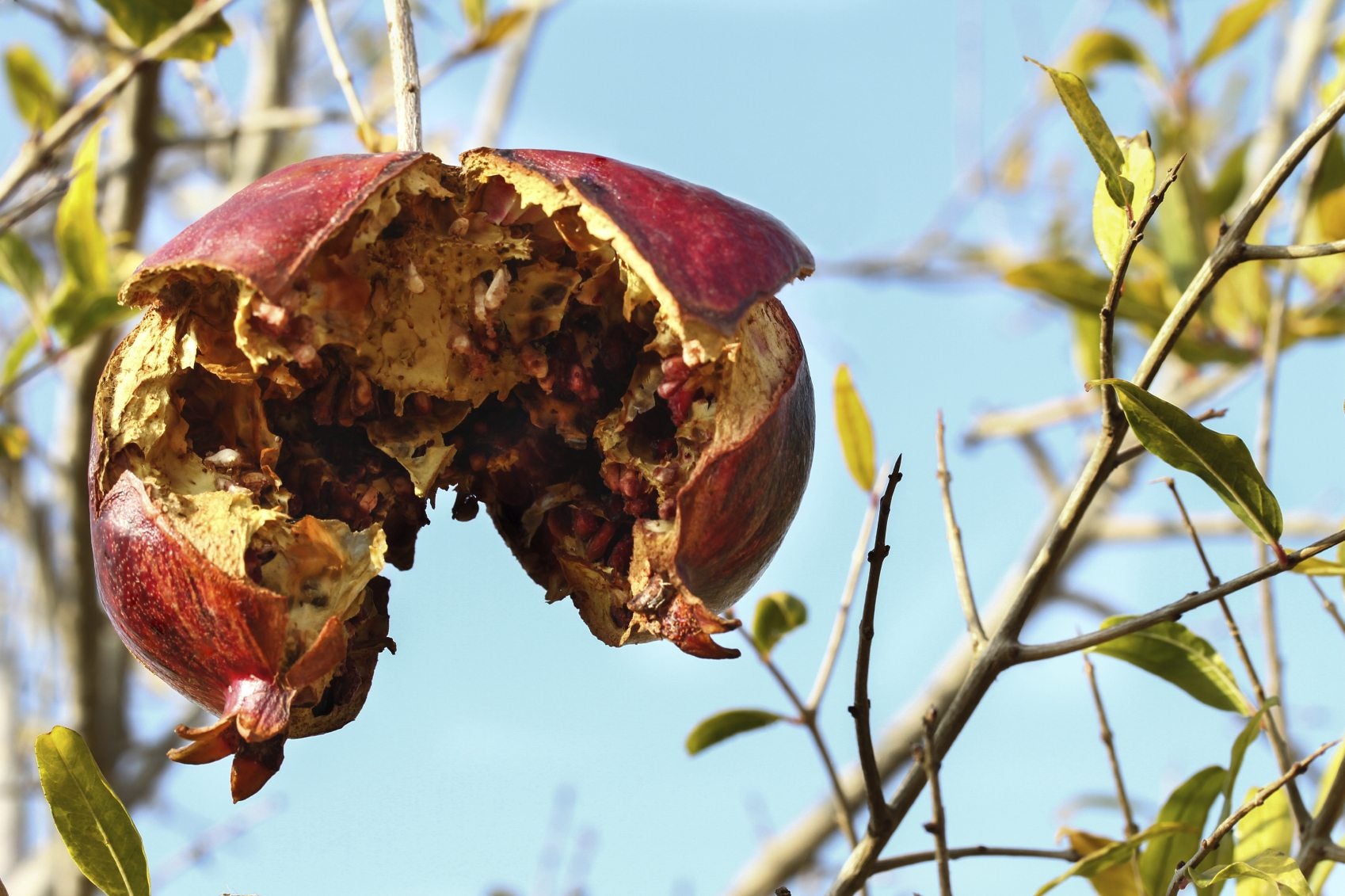 Problems Of Pomegranates: Learn About Diseases In Pomegranate
Problems Of Pomegranates: Learn About Diseases In PomegranatePomegranate fungal diseases are a common issue in plants grown in wet regions. Other diseases in pomegranate are rarer and not permanently damaging to the tree. Learn the problems of pomegranates in this article. Click here for more info.
By Jackie Carroll